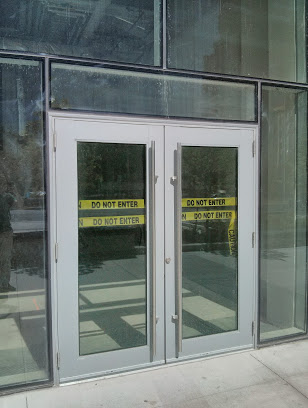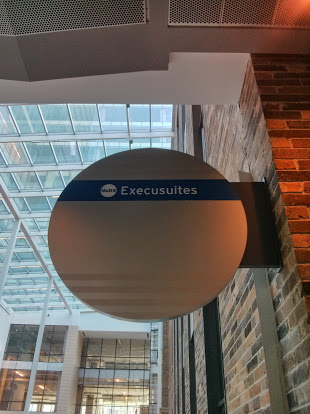
This is a guest post by Mike Katchen, founder of Wealthsimple, Canada’s first online investment manager. He recently moved back from San Francisco where he led marketing at 1000memories (YC S’10, acquired by Ancestry.com).
In May, we raised a $2MM seed round for Wealthsimple (and didn’t really tell anyone). It took us 2.5 weeks to raise from 15 amazing investors in Toronto including David Ossip, Dan Debow, and Roger Martin. Here are a few tips based on what I think we did right.
Note: Table stakes for seed rounds are a good idea (in a massive market) and a killer team.
1. Find your lead investor early.
Most first-time founders I know make the same mistake. They think that fundraising is about convincing investors of the merits of your idea and the strength of your team. Unfortunately, that’s bullsh*t. Investors follow the herd. They care more about who else is investing than what you do as a company. When you start to fundraise, laser-focus on getting your first investor. Don’t go broad until you have your lead lined up.
I met our lead investor the day we started fundraising. He is an icon in the financial services industry. We got him on board through a combination of special terms and appealing to him emotionally about building his industry “legacy”. It took 2 meetings over 1 week to get him to sign. Once he was in, it took 1.5 weeks to close the round.
2. Your angel investors don’t have to be in tech.
We closed our round with 14 angel investors, only 5 are from tech. The other 9 are from financial services. I see lots of entrepreneurs focus exclusively on local tech angels and VCs like those listed in this great post by David Crow. That’s a mistake. Look for successful entrepreneurs and executives in your industry – you’re likely to find a sizeable group of potential investors that actually know your business. A few industries with strong local investors include real estate, financial services, professional services, and healthcare.
3. Most decks suck. Make yours good.
A compelling deck is short, clear, and well designed. If you have a solid story (don’t forget the table stakes above), then tell it in 4-5 pages: (1) what you do, (2) market size, (3) team, (4) growth plan, (5, optional) competition. Here’s our pitch. You can also find great examples at bestpitchdecks.com. Keep it short, pretty, and exciting.
4. Set a deadline.
Fundraising has a nasty habit of dragging on. As soon as you have your lead investor, set a closing date (2-3 weeks out) and use that to drive urgency with other investors. You don’t have to stick to it, but you’ll find that things move way faster with a deadline.
5. Put some money in yourself (if you can). It goes a long way.
The Wealthsimple team were the first investors in our seed round. If you can afford it, investing in your own round goes a long way. It signals to investors that you are committed, aligned, and will be a responsible steward of their capital. Surprisingly few teams invest in their own rounds so it can also help you stand out.
Let me know if you have any tips to add or want to discuss fundraising strategies – always happy to chat. You can reach me at mike@wealthsimple.com or @mkatchen




